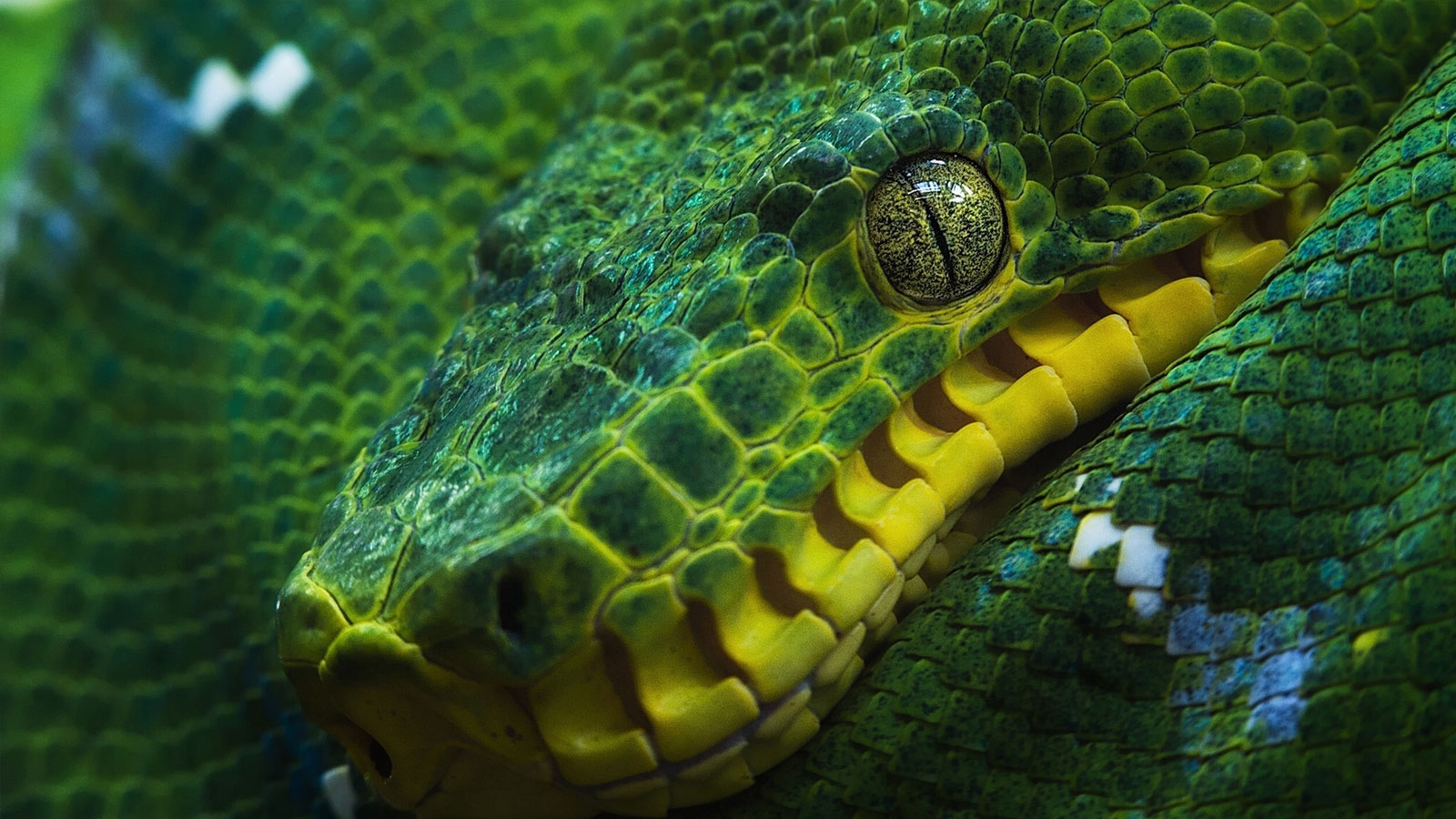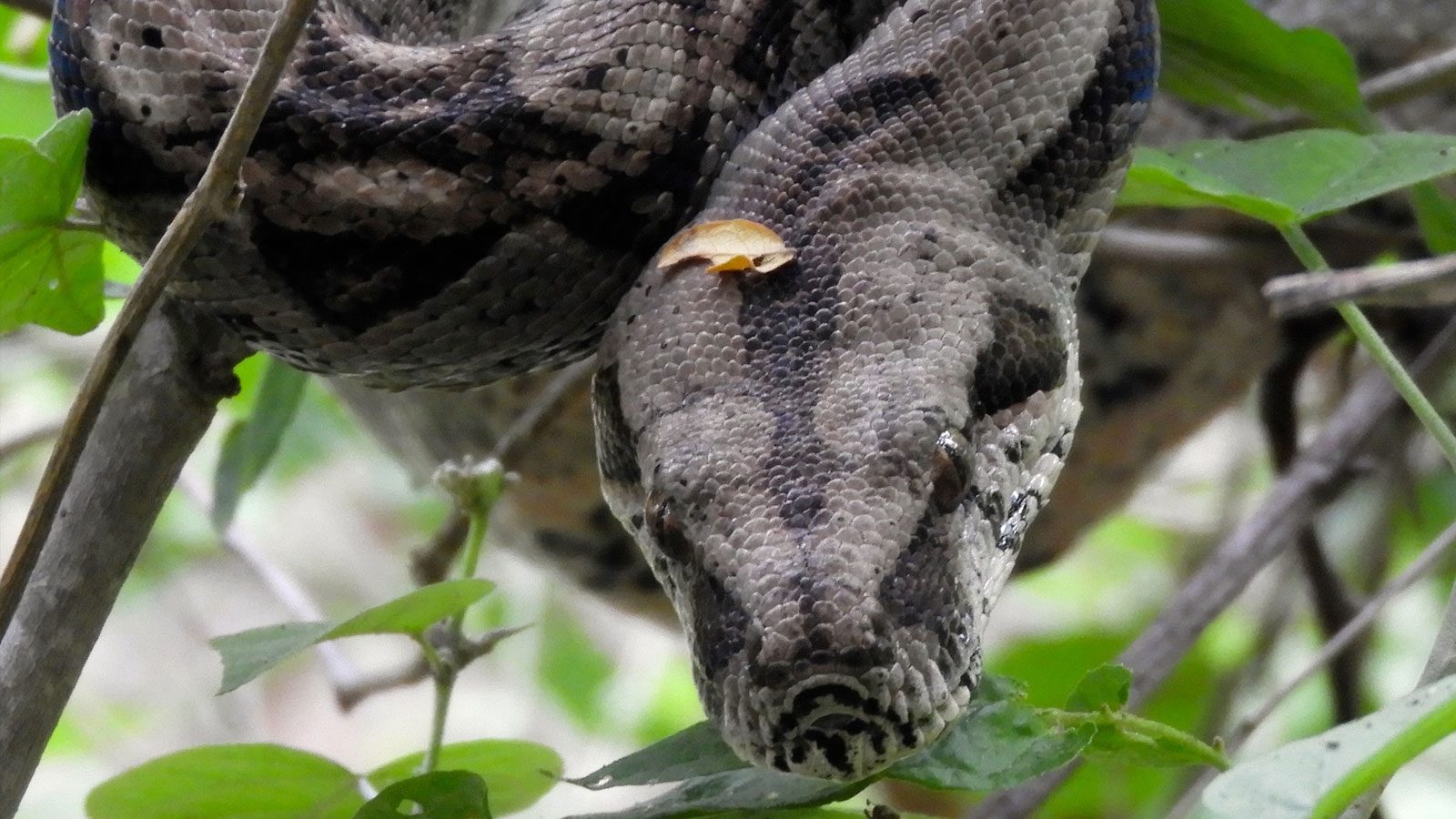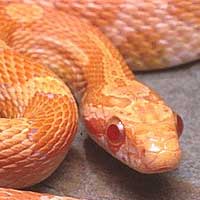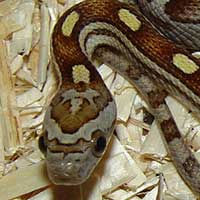Everything You Need to Know About Corn Snakes
The scientific name for corn snakes is Pantherophis guttatus, and they belong to the snake family Colubridae. This family is known for its non-venomous or mildly venomous snakes, many of which are popular in the pet trade due to their manageable size and docile nature.
Scientific Name: Pantherophis Guttatus
Snake Family: Colubridae
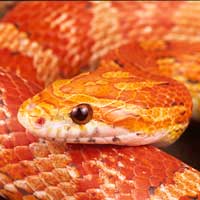
Introduction
Corn snakes are one of the most popular pet snake species due to their docile temperament, striking patterns, and relatively easy care requirements. In this comprehensive guide, we’ll explore everything you need to know about these fascinating reptiles, from their habitat to their care and handling.

The Ideal Habitat for Corn Snakes
Corn Snakes in the Wild
Corn snakes thrive in diverse environments, including:
- Forests: Preferably open pine or mixed hardwood forests with ample ground cover for hiding and hunting.
- Grasslands and Fields: Overgrown fields or meadows provide hunting grounds for their prey, such as rodents and small birds.
- Abandoned Structures: Old barns, sheds, and debris piles offer shelter and hunting opportunities.
- Climates: Found in temperate to subtropical regions; they prefer environments with warm days and cooler nights.
In the wild, corn snakes are adept climbers and may inhabit trees or shrubs. They use leaf litter, rocks, and logs for camouflage, protection, and thermoregulation.
Ideal Enclosure for Captive Corn Snakes
To replicate their natural environment in captivity:
- Enclosure Size: A 20-gallon tank for juveniles; adults require a minimum of a 40-gallon tank.
- Substrate: Use aspen shavings, cypress mulch, or paper towels; avoid pine or cedar, as they release harmful oils.
- Temperature Gradient: Maintain 75–85°F with a basking spot of 90°F; use heat mats or ceramic heaters.
- Humidity: Ideal range is 40–50%; include a water dish for soaking and regulate shedding.
- Hiding Spots: Provide multiple hides, such as cork bark or cave structures, on both the warm and cool sides.
- Climbing Opportunities: Add branches or vines to encourage their natural climbing behavior.
- Lighting: While not essential, UVB light for 8–12 hours daily supports overall health.
What Do Corn Snakes Eat?
Diet of Wild Corn Snakes
In their natural habitat, corn snakes are opportunistic predators that eat a variety of small animals:
- Rodents: Mice and rats are their primary prey, essential for their protein and fat intake.
- Small Birds: Ground-nesting birds and their eggs are occasional meals.
- Lizards: They often hunt small lizards when rodents are scarce.
- Frogs: Amphibians are consumed, particularly in wetter areas or during rainy seasons.
- Insects: While less common, juveniles may eat larger insects or insect larvae when starting out.
Corn snakes in the wild use their excellent sense of smell and stealth to locate prey. They constrict their prey to subdue it before consumption.
Diet of Captive Corn Snakes
In captivity, their diet should mimic their wild feeding habits as closely as possible:
- Frozen/Thawed Rodents: Mice are the staple diet. Size should correspond to the snake’s girth—e.g., pinky mice for hatchlings, larger mice for adults.
- Prey Size: Avoid prey that is larger than the snake's widest part; feeding too-large prey can cause regurgitation or injury.
- Frequency:
- Hatchlings: Every 5–7 days.
- Juveniles: Every 7–10 days.
- Adults: Every 10–14 days.
- Occasional Variety: Offer quail chicks or reptile-safe feeder lizards for enrichment.
- Supplements: Generally unnecessary if their diet is based on whole rodents, but some owners occasionally dust feeder items with calcium.
Feeding Tips for Captive Snakes
- Use feeding tongs to prevent accidental bites.
- Feed in a separate container to reduce the risk of substrate ingestion.
- Avoid live prey to prevent injury to the snake.
Understanding their diet is crucial for ensuring a healthy, thriving corn snake, whether in the wild or under your care.
Understanding Corn Snake Behavior and Temperament
Corn snakes are known for their calm and docile nature, making them ideal for beginners. Here’s what to expect:
-
Activity Level: They are primarily nocturnal but may be active during the day.
-
Defense Mechanisms: When threatened, they may shake their tails or hiss but rarely bite.
-
Climbing Abilities: Corn snakes are excellent climbers, so secure enclosures are a must.
Health and Lifespan of Corn Snakes
Corn snakes are hardy reptiles with proper care, often living 15-20 years in captivity. Key health tips include:
-
Regular Vet Checkups: Especially for parasites or respiratory infections.
-
Shedding Issues: Ensure proper humidity to prevent stuck sheds.
-
Common Ailments: Watch for signs of mouth rot, scale rot, or respiratory distress.
The Reproductive Cycle of Corn Snakes
Corn snakes have a fascinating reproductive process:
-
Breeding Season: Typically in the spring after brumation (a period of dormancy).
-
Egg Laying: Females lay 10-30 eggs per clutch, which hatch after 60-70 days of incubation at 80°F-85°F.
-
Sexual Maturity: Reached at around 18-24 months.
Handling and Caring for Corn Snakes
Handling corn snakes properly helps build trust and reduces stress. Follow these guidelines:
-
Wash Your Hands: Before and after handling to avoid transmitting bacteria.
-
Support Their Body: Hold the snake gently but securely, supporting its entire body.
-
Limit Handling Time: Keep sessions to 10-15 minutes to avoid stress.
